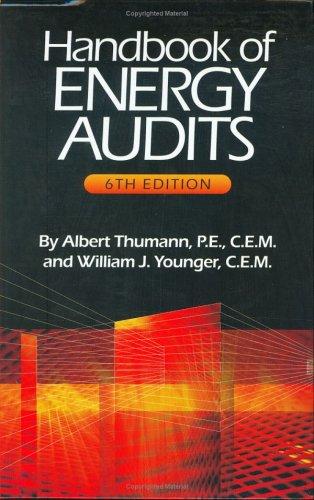Question
A. Matching Instructions: Match each of the statements below with its proper term. A. deficiency Q. aging the receivables B. cumulative preferred stock R. discount
A. Matching Instructions: Match each of the statements below with its proper term. A. deficiency Q. aging the receivables B. cumulative preferred stock R. discount C. notes receivable S. trademark D. boot T. liquidation E. dishonored note receivable U. patents F. stock V. realization G. promissory note W. trade-in allowance H. outstanding stock X. stock split I. direct write-off method Y. statement of members' equity J. capital expenditures Z. cash dividend K. accounts receivable turnover AA. intangible assets L. partnership agreement BB. depreciation M. stock dividend CC. goodwill N. common stock DD. Declining-balance method O. par P. limited liability company 1. The sotck outstanding when a corporation has issuedonlu one class of stock. 2. Shares of ownership of a corporation. 3. The monetary amount printed on a stock certificate. 4. The systematic periodic transfer of the cost of a fixed asset to an expense account during itsexpected useful life. 5. The method of accounting for uncollectible accounts that recognizes the expense only when accounts are judged to be worthless. 6. The sale of assets when a partnership is being liquidated. 7. The costs of acquiring fixed assets, adding to a fixed asset, improving a fixed asset, or extending a fixed asset's useful life. 8. An intangible asset that is created from such favorable factors as location, product quality, reputation, and managerial skill. 9. A business form consisting of one or more persons or entities filing an operating agreement with a state to conduct business with limited liability to the owners, yet treated as a partnership for tax purposes. 10. A name, term, or symbol used to identify a business and its products. 11. A class of preferred stock that has a right to receive regular dividends that have been passed (not declared) before any common stock dividends are paid. 12. A written promise to pay a sume of money on demand ot at a definite time. 13. A distribution of shares of stock to its stockholders. 14. A method of depreciation that provides periodic depreciation expense based on the declining book value of a fixed asset over its estimated life. 15. A cash distribution of earnings by a corporation to its shareholders. 16. The debit balance in the owner's equity account of a partner. 17. The amount a seller allows a buyer for a fixed asset that is traded in for a similar asset. 18. According to various age groupings, with the due date being the base point for determining age. 19. The excess of the par value of a stock over its issue price. 20. A summary of the changes in each member's equity of a limited liability company that have occurred during a specific period of time. 21. Measures how frequently during the year the accounts receivable are being converted to cash. 22. The amount a buyer owes a seller when a fixed asset is traded in on a similar asset. 23. A reduction in the par or stated value of a common stock and the issuance of a proportionate number of additional shares. 24. Amounts customers owe, for which a formal written instrument of credit has been issued. 25. A note that the maker fails to pay on the due date. 26. Long-term assets that are useful in the operations of a business, are not held for sale, and are without physical qualities. 27. The formal written contract creating a partnership. 28. Exclusive rights to produce and sell goods with one or more unique features. 29. The stock in the hands of stockholders. 30. The winding-up process when a partnership goes out of business.
Step by Step Solution
There are 3 Steps involved in it
Step: 1

Get Instant Access to Expert-Tailored Solutions
See step-by-step solutions with expert insights and AI powered tools for academic success
Step: 2

Step: 3

Ace Your Homework with AI
Get the answers you need in no time with our AI-driven, step-by-step assistance
Get Started


